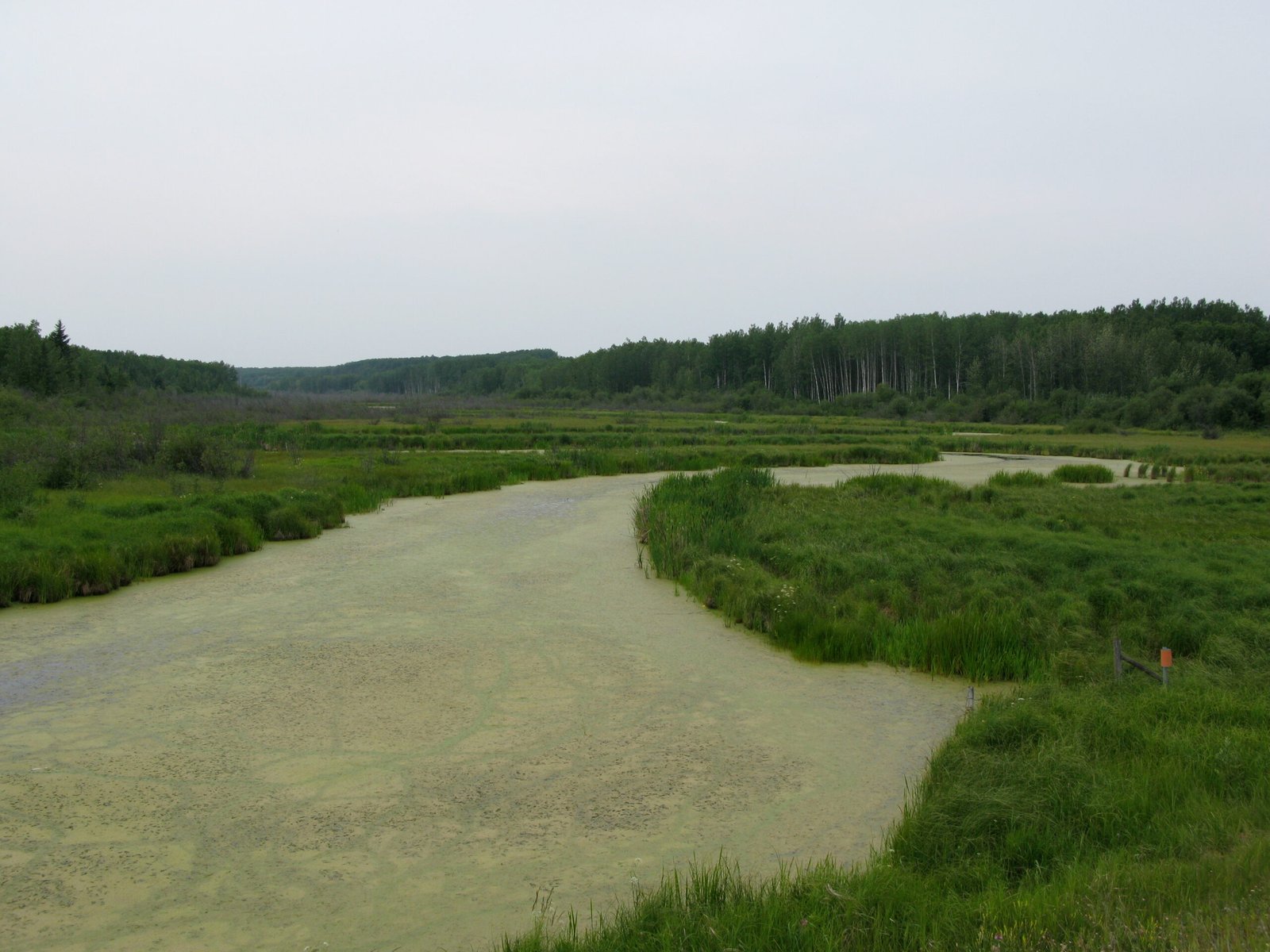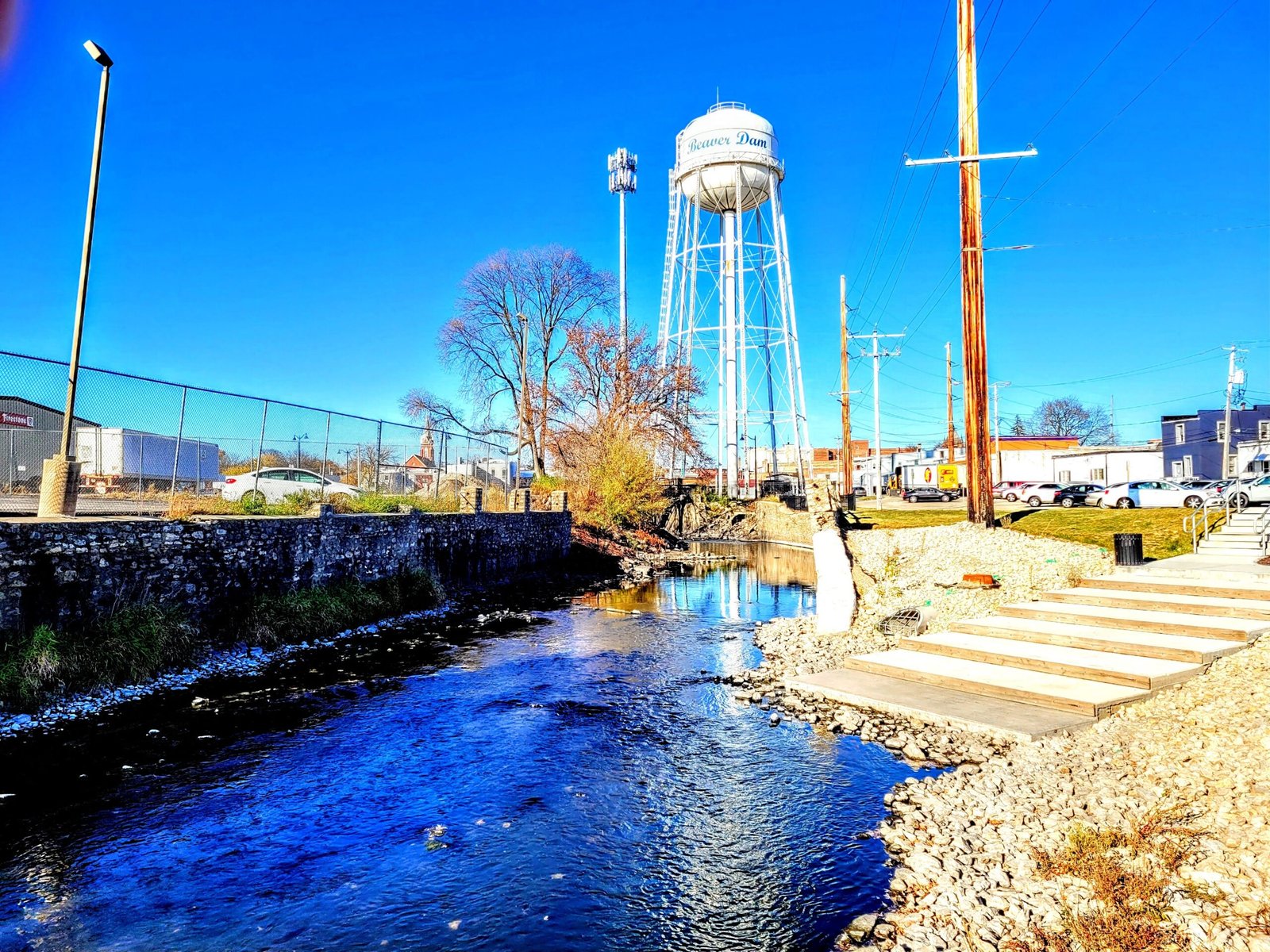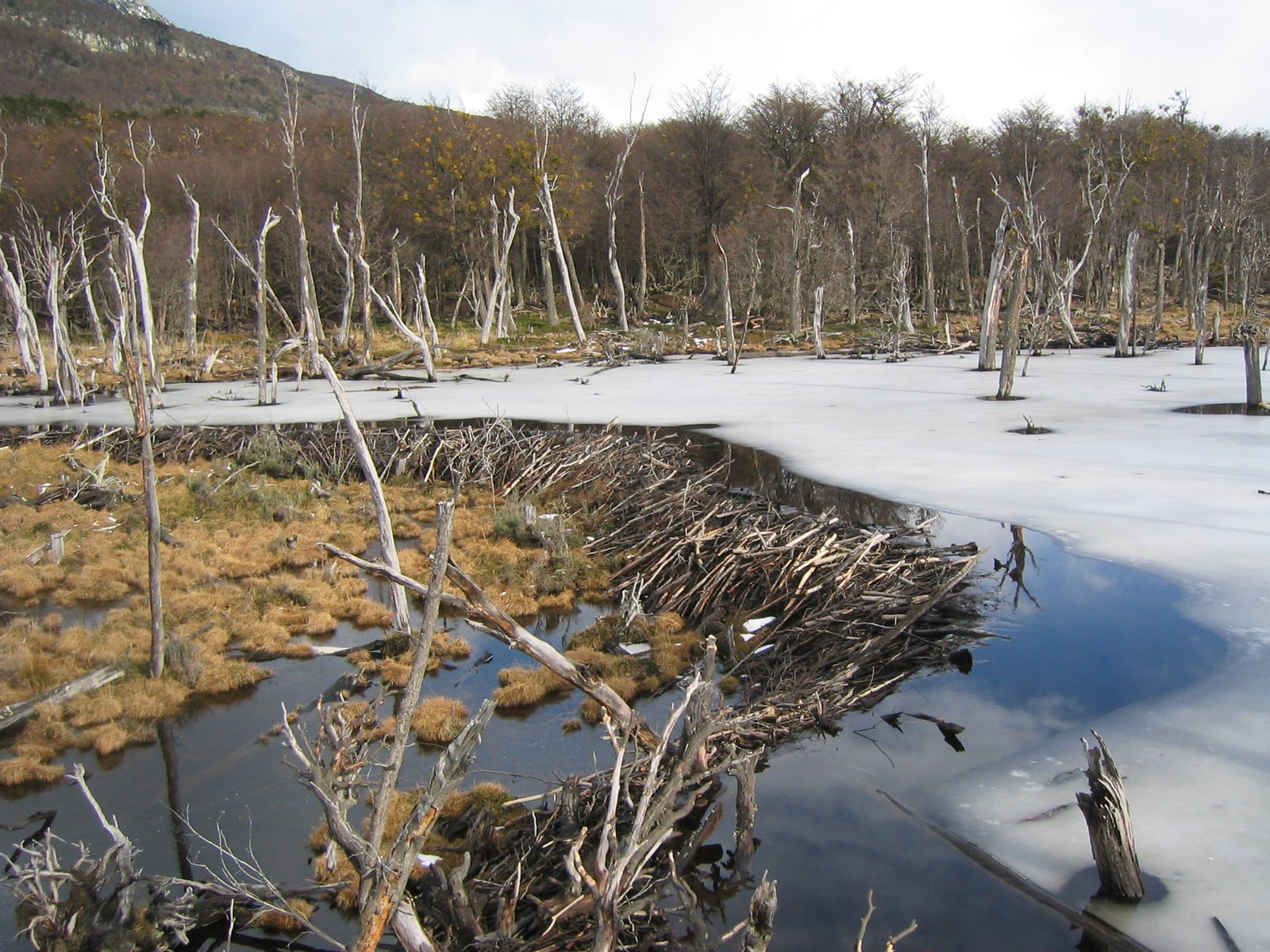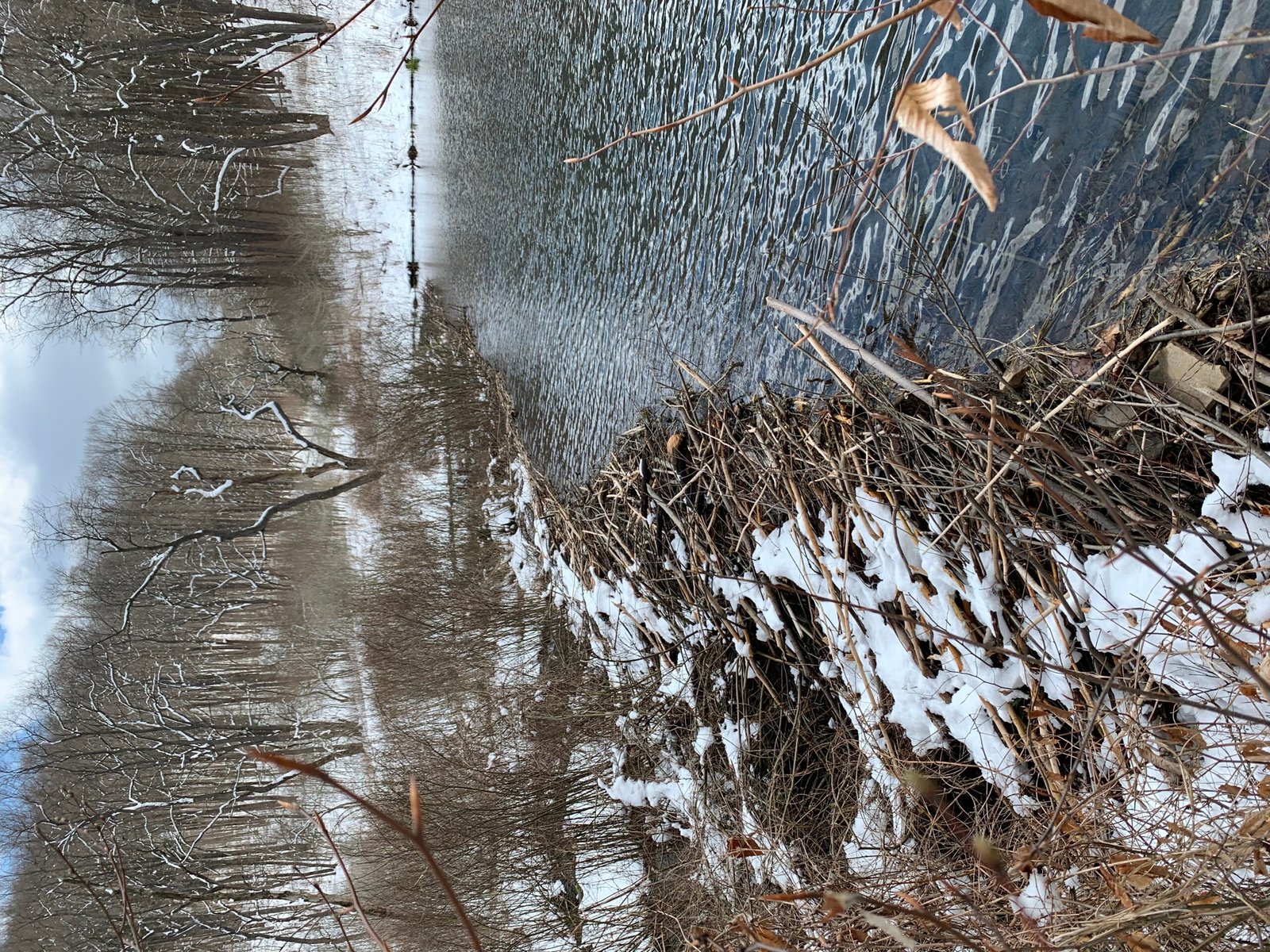Imagine a world where a humble, furry engineer quietly builds wooden fortresses that hold the power to reshape entire landscapes. That’s not a fantasy—it’s the real-life story of beavers and their ingenious dams. These busy mammals might seem unassuming, but their knack for construction is nature’s secret weapon against some of our planet’s most pressing environmental crises. From turning parched fields into lush wetlands to taming raging rivers, beaver dams offer a surprising glimmer of hope in the face of drought, floods, and even climate change. Their impact is nothing short of astonishing, reminding us that sometimes, the smallest creatures make the biggest difference.
The Marvel of Beaver Engineering
Beavers are renowned for their impressive dams, which they craft using branches, mud, and stones. These structures aren’t just piles of debris; they are carefully designed to slow down water and create deep ponds. By building these dams, beavers transform fast-flowing streams into tranquil wetlands. Their construction skills rival those of human engineers, as their dams can stretch dozens of feet across and withstand powerful currents. The stability and resilience of these dams are a testament to the beaver’s instinctive understanding of nature’s forces. It’s fascinating to realize that a creature weighing just 40 pounds can reshape entire landscapes with nothing but its teeth and determination.
Creating Lifelines in Times of Drought

When drought strikes, water becomes a precious commodity for both wildlife and people. Beaver dams act as natural reservoirs, capturing and holding water even during the driest spells. These ponds become oases in otherwise barren landscapes, supporting fish, birds, amphibians, and thirsty mammals. Farmers have found that beaver-created wetlands can keep fields greener for longer, buffering against crop failure. The stored water seeps slowly into the ground, replenishing underground aquifers and maintaining stream flow. In places where drought has turned rivers into trickles, beaver dams offer hope—keeping life thriving when everything else withers.
Nature’s Flood Control Experts
Floods can devastate communities, washing away homes and habitats in a matter of hours. Remarkably, beaver dams help prevent such disasters by slowing down the rush of water after heavy rains or snowmelt. As water pools behind their dams, it spreads out and is absorbed into the surrounding soil. This gentle release of water downstream drastically reduces the risk of flash floods. In fact, rivers bordered by beaver dams often remain calm, even when storms rage. Communities that once battled with overflowing rivers are discovering that welcoming beavers back into the landscape can be a game-changer for flood management.
Boosting Biodiversity in Wetlands

The ponds and wetlands created by beaver dams become vibrant centers of life. Frogs croak from the reeds, birds nest in the sheltering branches, and deer drink at the water’s edge. Fish populations thrive in the cooler, deeper waters, while insects and plants explode in diversity. Scientists have recorded dramatic increases in species richness wherever beaver activity is present. These wetlands don’t just support wildlife—they also attract humans, becoming popular spots for birdwatchers, hikers, and nature lovers. It’s a beautiful reminder that when beavers build, life flourishes in unexpected ways.
Supporting the Water Cycle

Beaver dams play a crucial role in maintaining the delicate balance of the water cycle. By storing water and releasing it slowly, they ensure that streams don’t dry up during summer or run wild in winter. This steady flow is vital for plants and animals that depend on consistent moisture. Over time, the slow trickle of water from beaver ponds helps recharge groundwater, nourishing wells and springs far downstream. In an era of unpredictable weather, the ability of beaver dams to stabilize the water supply is more valuable than ever.
Improving Water Quality

Another hidden benefit of beaver dams is their ability to filter and clean water. As water flows through the tangled branches and mud, sediments settle out and pollutants are trapped. Harmful nutrients like nitrogen and phosphorus are absorbed by plants, preventing them from contaminating rivers and lakes. This natural filtration system keeps drinking water cleaner and reduces the risk of harmful algal blooms. Communities downstream of beaver wetlands often notice clearer, healthier water—a testament to the beaver’s role as an environmental guardian.
Locking Away Carbon for Climate Protection

One of the most surprising effects of beaver dams is their contribution to fighting climate change. When beavers flood an area, dead plants and organic matter sink into the mud, where oxygen is scarce. In these soggy conditions, decomposition slows down, and carbon is trapped in the soil instead of being released as greenhouse gases. Over time, beaver wetlands can store impressive amounts of carbon, acting as natural “carbon sinks.” This process helps offset emissions from human activities and offers an inspiring example of how wildlife can help tackle global warming.
Restoring Damaged Landscapes
In places where forests have been logged or rivers have been straightened, beaver dams can jumpstart the healing process. Their ponds slow erosion, repair stream banks, and encourage the return of native plants. Before long, landscapes once scarred by human activity begin to recover, covered in lush greenery and teeming with wildlife. Land managers are increasingly turning to beavers as partners in restoration, using their natural building skills to repair habitats faster and more effectively than machinery ever could.
Real-Life Success Stories
Across North America and Europe, communities have witnessed firsthand the benefits of welcoming beavers back. In California, beaver dams have helped revive salmon runs and provided crucial water during wildfires. In England, pilot projects have shown that beavers can reduce flooding and boost biodiversity in just a few years. Farmers have noticed healthier soil, while fishermen celebrate the return of native fish. These stories highlight the beaver’s role as an unsung hero in environmental stewardship.
Why Some People Still Resist

Despite their many benefits, beavers are not always welcomed with open arms. Their dams sometimes flood fields, roads, or backyards, leading to frustration for landowners. Some worry about property damage or the impact on crops. However, creative solutions—like flow devices that control water levels—are helping people and beavers coexist. As more communities learn about the beaver’s ecological superpowers, attitudes are slowly changing, and people are beginning to see these animals as partners, not pests.
How You Can Make a Difference
Anyone can play a part in supporting beaver-friendly landscapes. Advocating for wildlife corridors, supporting wetland restoration projects, or simply learning more about beavers can make a difference. Even small actions—like sharing their story or volunteering with local conservation groups—help raise awareness. As we face growing environmental challenges, the beaver’s example teaches us the power of working with nature, not against it.
The story of the beaver and its dam-building genius is a powerful reminder that even the smallest creatures can spark big changes for our planet. Who would have thought that a rodent’s wooden fortress could hold the key to a healthier, more resilient world?



